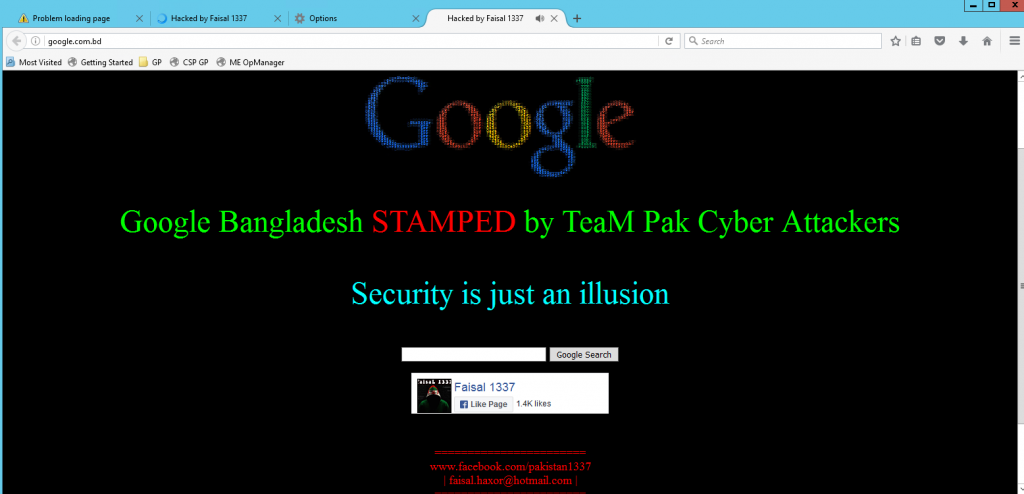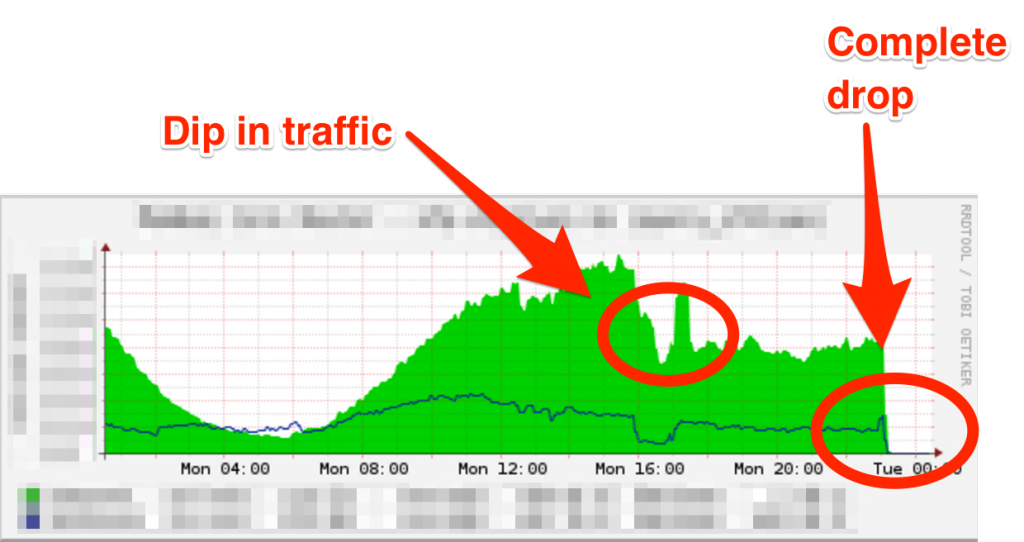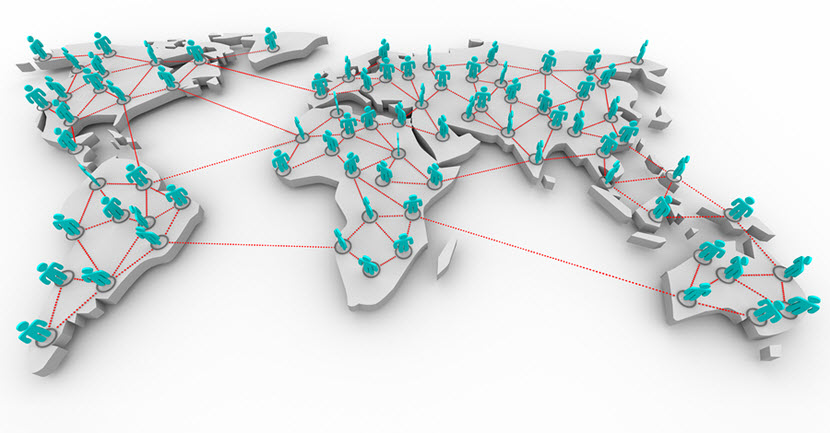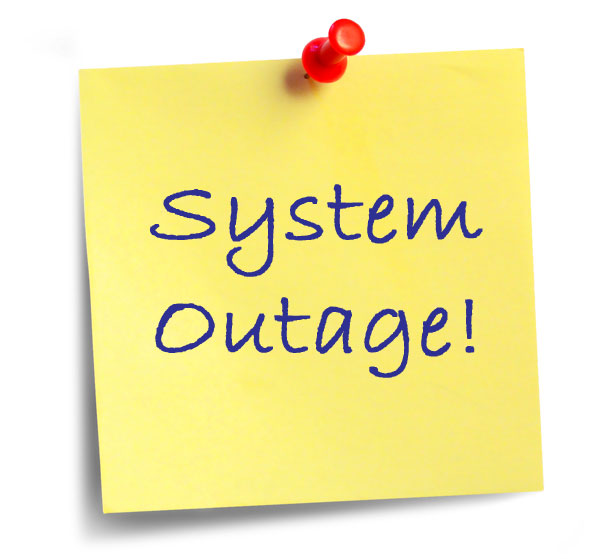20 mins of 'I am about to die' moment
Last week I was on way from Kolkata to Delhi after spending time at ISOC IXP workshop. It was Jet Airways 9W 946 on 10th March 2017. The flight took off slightly late and 90% time went just fine. Original arrival time was 16:30 though it was expected to be little late.
Landing time…
At around 16:15 pilots announced “to prepare for landing” and cabin crew started collecting waste and getting people ready. I was sitting on the window seat and looking at clouds on my right. It was a usual view from the window and I usually like when the plane crosses over the clouds. It was little bumpy by 16:20 and that is usual behaviour. As it proceeded it went from “slightly bumpy” to “very bumpy” ride. Somewhere around 16:25 or so plane gave the first feeling of “free fall”. It’s was the same feeling as we get going down the roller coaster but 10x of that. Few people screamed. It reminded me of one of my previous travels from Malaysia to India in 2013 after APRICOT 2013 when the flight was very bumpy and also faced free fall at that time. Next after 2-3 mins plane had another free fall and it went for 10-15 seconds. A Japanese gentleman sitting next to me wasn’t wearing his shoes. One of his shoes literally touched my chest and fell on me. That was the first time I also got quite scared.

 Today Google (
Today Google ( This shows how traffic of an ISP connected to Google in Mumbai dipped during peak time around at 4pm on Monday 12th Dec (IST) and went to zero little before midnight. I triggered a trace to aspmx.l.google.com. which is outside India from
This shows how traffic of an ISP connected to Google in Mumbai dipped during peak time around at 4pm on Monday 12th Dec (IST) and went to zero little before midnight. I triggered a trace to aspmx.l.google.com. which is outside India from  One of frequent email and
One of frequent email and  Bangladesh’s .bd ccTLD faced another outage. As I mentioned in one of the
Bangladesh’s .bd ccTLD faced another outage. As I mentioned in one of the